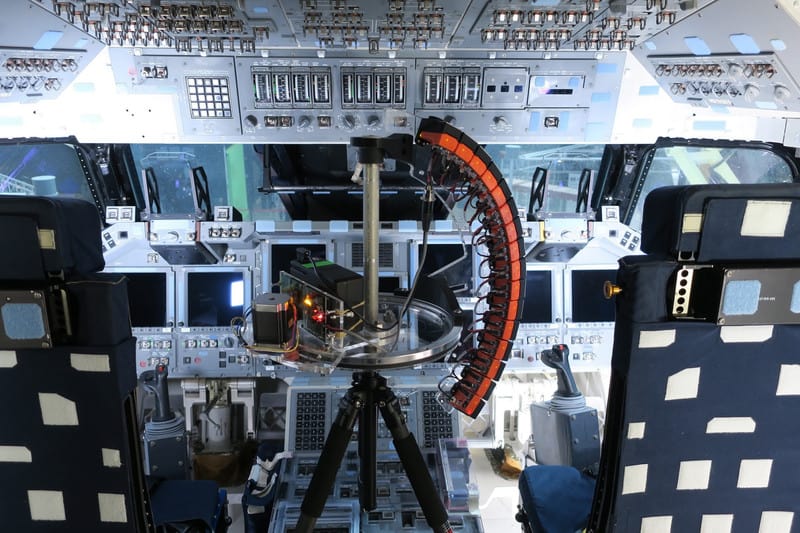
Google has begun experimenting with using light field photography to capture more realistic virtual reality scenes, the company announced in a blog post today. A new demo app was also released that will be available on the HTC Vive, Oculus Rift, and Windows Mixed Reality headsets to show off what the company’s VR team has captured.
Light field photography was made popular by futuristic camera company Lytro. Instead of only capturing the light that comes straight in through a camera’s lens, light field photography is where you capture all the rays of light from a scene, as well as information about where they came from. With the right hardware and software, the result is you can reassemble those light rays to create an interactive picture, one you could endlessly refocus, like with the photos from Lytro’s consumer cameras. Or you could put the imagery in VR so that, when move your head, you can see around the corners of close objects — an effect that adds to the realism of virtual reality.
One of the big hurdles with light field photography is how to capture all that information. Compared to the $125,000 light field cinema camera Lytro makes and rents, the solution Google showed off today has a much more clever, hack-y, low-budget vibe. The company’s VR team essentially repurposed one of the 16-camera circular “Jump” rigs that Google developed a few years ago with GoPro. They took the cameras out of the ring setup and positioned them in a vertical arc, and then put that on a platform that spins completely around 360 degrees.
Google shot light field VR imagery of a handful of locations, including the flight deck of the Space Shuttle Discovery, and so all those scenes are available starting today on the “Welcome to Light Fields” app being released today.
It’s not totally clear what Google will do next with this tech. The company’s VR wing could release a set of plans for the rig, like it did with Jump, though the mix of hardware and software required to make it all work is far more complicated than spherical image stitching. This could also be a precursor to a more consumer-friendly solution, which is what happened with the Jump and VR180 programs.